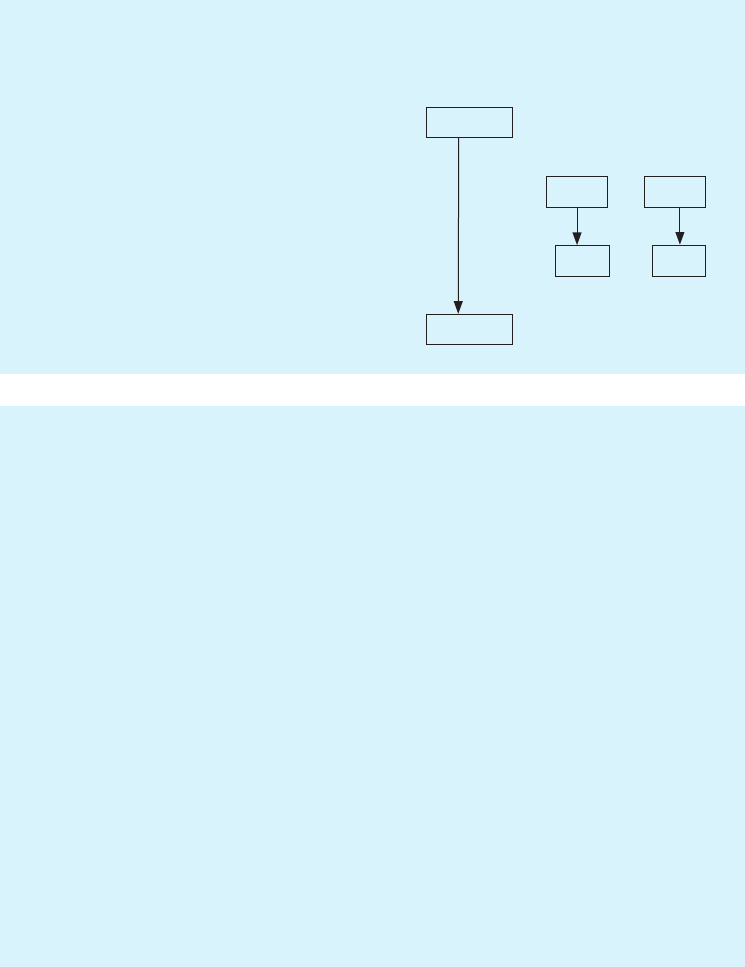
BALANCE SHEETS AND CASH FLOW MECHANICS 227
Sep Oct Nov Dec
Balance sheet, end month
Fixed assets – machinery 0 120,000 120,000 120,000
Memo: change in month 0 +120,000 0 0
Cumulative depreciation, machinery 0 –2000 –4000
Memo: change in month 0 0 –2000 –2000
Expenditure account, whole month
Depreciation – machinery 0 0 2000 2000
Cash flow, whole month
Purchase of machinery 0 –120,000 0 0
Short cut to cash flow
There is a handy short cut for developing cash flow. Most spending is immediate.
You pay for most of your operating costs as and when they happen. Prepayments
and accruals tend to be in the minority. So, if you take the bottom line on your
expenditure account as indicative of the total cash flow and adjust for things that
do not involve an on-the-spot cash payment, you arrive painlessly at your actual
cash requirement.
For example, if all your spending was cash except for the rent in Balance sheet
and cash flow (3), you could derive your cash requirement as shown below. Note
that the adjustment in the cash flow statement is the change in the balance sheet
entry for office rent prepayments. A full development of this is shown in Figure 7.4
– which shows the linkages between the various transactions and accounts.
Therein lies an interesting fact. Changes in the balance sheet show sources and
uses of funds (as introduced in Chapter 7). You are probably thinking right now, if
this is the case why all this fuss about cash flow? Why not just derive it directly from
the balance sheet? You could do this, but you still have to make adjustments and in
my view it is not as convenient or as logically related to the forecasting exercise.
..................Content has been hidden....................
You can't read the all page of ebook, please click here login for view all page.
